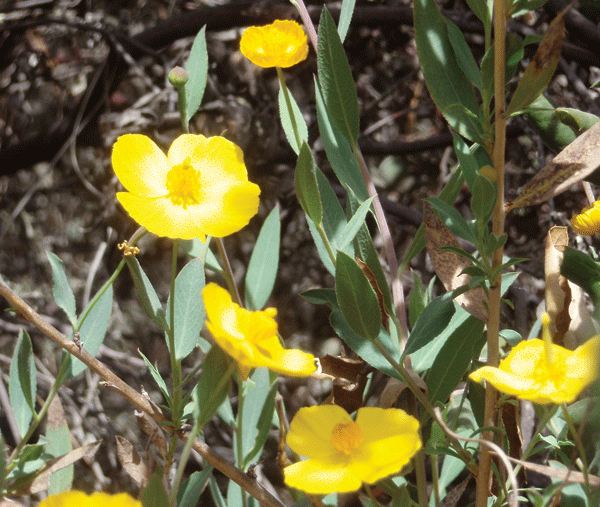Getting caught out in the rain last month was a timely reminder that the rainy season will soon be upon us. The “Farmer’s Almanac” predicts our “winter will be much rainier and cooler than normal.” Weather bloggers are posting an impressive number of charts and figures that predict a general dry trend, while the National Oceanic and Atmospheric Administration says we have an equal chance of precipitation totals going either way.
My favorite predictor, the Sandhill crane, started its annual migration to the San Joaquin Valley several weeks earlier this year. Over the years, the timing of the migration has been a good predictor of both wet and dry winters. This year the early migration predicts an early winter with plenty of rain and snow.
Who knows what the weather will actually bring, but we do know that some of our rain events will come with a vengeance. It’s not that unusual for our area to get 8 inches of rainfall during a storm and you know what havoc that can create on an unprotected hillside. Yes, folks, I’m talking major erosion of your precious land. Fortunately, October is a good time to do something about it.
Fall is the perfect time to plant in our area. The soil is still warm, encouraging root growth and the weather is mild. Using the right plants on hillsides can help slow and spread runoff and prevent soil erosion. Mulch also protects soil from direct rain impact and slows runoff across bare soils. Covering the steepest slopes with jute netting through which plants may be installed is an added precaution.
There are many attractive plants that work well for erosion control. Often they need to adapt to shallow, poor soil and cope with less than ideal conditions, all while putting down dense, strong roots. California natives are well-suited to this job.
Common native shrubs include ceanothus and manzanita of all types. Calycanthus lives up to its common name spicebush. Fragrant flowers appear in late spring and continue to bloom well into summer with a spicy fragrance similar to a wine cellar. The foliage is aromatic when crushed and changes from a spring green color to pale golden in autumn. Decorative woody fruits last into winter making this shrub attractive year round. It thrives with infrequent to moderate watering. Combine it with coffeeberry and deergrass in sunnier spots or with Douglas iris and giant chain fern in shaded spots below trees. These also have deep roots and control erosion.
Ribes sanguinem (red flowering currant) is another show-stopper capable of controlling erosion. In the spring, the long flower clusters of this deciduous shrub will dominate your garden. There are many selections of this plant to choose from so if the huge white flowers appeal to you White Icicle will be beautiful in your landscape. Barrie Coate and King Edward VII have spectacular deep red flower clusters and Spring Showers has 8-inch long pink ones. Grow them in full sun to partial shade. This California native requires little water once established and is a valuable nectar source for hummingbirds.
Some other good California native shrubs for erosion control are western redbud, mountain mahogany, western mock orange, Lemonade Berry, Toyon, snowberry, Matilija poppy and western elderberry. Ribes viburnifolium, creeping mahonia and snowberry, Baccharis, Ceanothus maritimus and Anchor Bay are good groundcover selections.
Smaller natives that put down deep roots are yarrow, coast aster, California fuchsia, wild grape, Mimulus, buckwheat, wild rose, sage and Salvia.
Bush poppy (Dendromecon rigida) is another native found right here in our area and needs no irrigation at all once established. Beautiful bright yellow, poppy-like flowers cover the plant in spring. They can be propagated from cuttings taken in summer and are pest- and disease-free.
Remember when setting plants on a steep slope to arrange them in staggered rows. Make an individual terrace for each plant and create a basin or low spot behind each one (not around the stem) to catch water. Set the crowns of the plants high so they won’t become saturated and rot after watering and make sure mulch does not build up around the stem.
– Jan Nelson, a landscape designer and California certified nursery professional, will answer questions about gardening in the Santa Cruz Mountains. E-mail her at ja******@*ol.com, or visit www.jannelsonlandscapedesign.com to view past columns and pictures.













